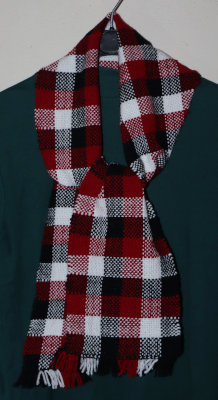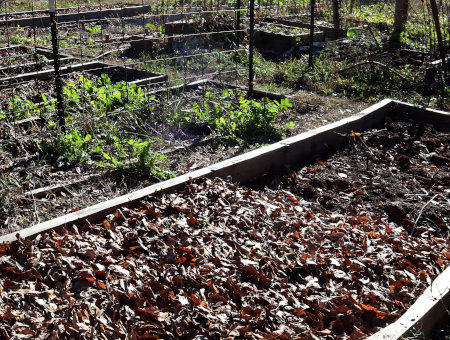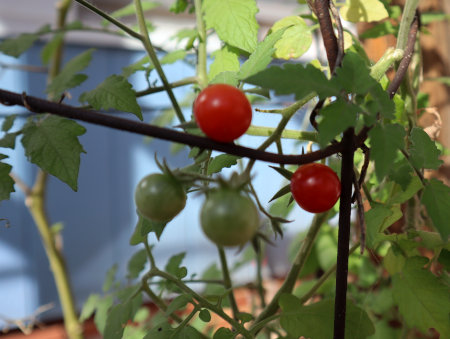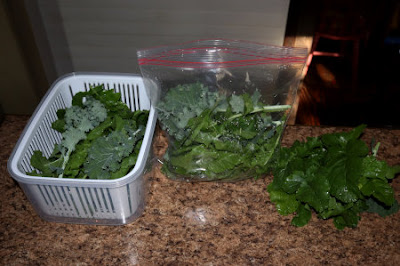I feel a need to preface this post by defining my terms. That is, after all, what Mortimer J. Adler says a good author does (How To Read a Book: The Classic Guide to Intelligent Reading). To that end, I have several terms that I'd like to clarify as to how I personally use them, to establish context for my post title.
House: a structure built for people to live in, i.e., a human dwelling.
Home: one's personal house; where one lives, keeps their possessions, and maintains their lifestyle.
Household: the collection of items belonging to a house and the persons dwelling there.
Housework: the work of maintaining a home. Includes a collection of chores such as dusting, vacuuming, washing dishes, making beds, doing laundry, etc.
Housekeeping: the skill of overseeing and managing a household.
Homemaking: the art of creating and maintaining an ambiance, i.e. environment and atmosphere within the home that is conducive to the comfort and mental/emotional well being of the people who live there.
All of these are relevant to our life here as homesteaders, but I confess that there hasn't been much actual homemaking going on for quite awhile. Why is that? Well, we bought this place in 2009 as a fixer-upper. We made that choice for two reasons. The first was to have a lower mortgage payment. The second was make it suitable for our chosen lifestyle. And because we chose to do all the repairs, updates, and remodeling ourselves, our house has seemed more like a construction zone than a home these past years, with various rooms taking turns being storage units for whatever other room we are working on.
On the one hand, we've had the benefit of doing things exactly the way we want them. But it's taken a long time because we had so many outdoor projects as well: fence making, outbuilding construction, tree planting, garden establishing, critter keeping, etc. The problem with this is that one gets used to living conditions as they are, as though stacks of packed-up boxes in the dining room are actually a thing.
This began to change, however, when I wanted to carve out a little space for my sewing machine and creative projects. I was willing to just shove boxes aside to do it, but Dan said "let's finish the room." (That adventure started here.) It was one of the last two rooms to do, and he wanted to take another step forward to finishing the house. So the smaller one finally became my studio/sewing room.
The other day I finally got the last of the storage boxes out of the dining room. As I cleared off the hutch, table, chairs, and corners and began to dust and clean, I thought about the table runner on my loom and recalled another one that I made years ago, when I first started weaving. What's the point of pursuing creative arts, I thought, if it isn't reflected in my home? Maybe it's finally time to switch my brain from storage mode to homemaking mode.
When we bought the place, this was the only dining area in the house. It only became a "formal" dining room when we remodeled the kitchen and carved out a little space for a dining nook. Truth be told, I use the dining table a lot; previously for projects before I got my sewing and crafting table, now, for a place to cure produce or to dry and sort garden seeds for saving. So it rarely looks like that photo.
The table runner will forever be memorial in my mind because it was one of the very first projects I produced on my loom. I think someone gave me the yarn, a fuzzy singles (one-ply) hemp yarn that was nearly impossible to work with because it stuck together and tangled so. Somehow I managed to win and for a beginning weaver's project, I think it turned out really well. And it's perfect for autumn decorating.
It's amazing how this impacts the atmosphere of the entire house. And it's nice to think that when someone comes to the front door, it offers a backdrop of tidiness and care. At least I'd like to think so. Keeping it tidy is another story! It's amazing how much dust accumulates in a 100-year-old house with wood heat. But it's fun to think of myself as a homemaker again. It's been worth the wait.























































